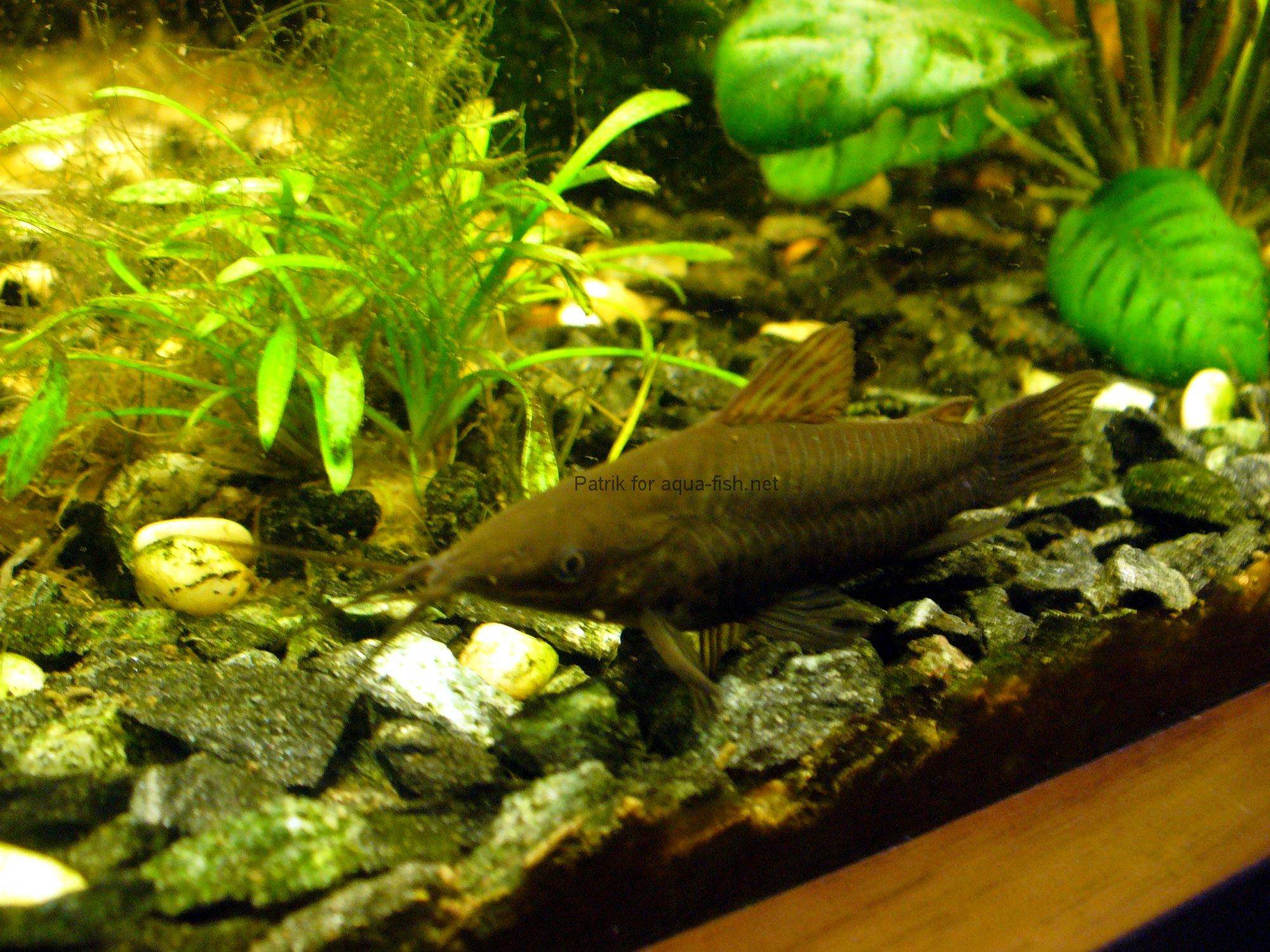

" Hemisorubim platyrhynchos" in FishBase. "Anatomía Comparada y Evolución de las Especies de Pseudoplatystoma Bleeker 1862 (Siluriformes: Pimelodidae)".
PORTHOLE CATFISH HOW TO
They dont try to sell you on extras and will teach you how to modify and use your equipment to your needs. Staff is extremely knowledgeable and sell a wide variety of freshwater fish.

The accumulated amount of fish landed from 1994 to 1999 was 50 metric tons. First impressions of this place is that it is immaculate, all the tanks and interior are extremely clean with tasteful natural decor and great lighting.
PORTHOLE CATFISH PROFESSIONAL
In the southern Pantanal, landing data, including professional and recreational fishing results for 1999, recorded 7.8 metric tons. This animal is found in the fish market of Cuiabá River in March, April, September, and October. The meat of this species is highly valued. During the receding period, these fish migrate and leave the flooded areas and return to the river channel. The position of the eyes and the shape of the mouth of this piscivorous fish indicate its stalking mode of hunting these fish feed on benthic organisms and other fish. This species is rather rare, confined to the deeper and slow-moving parts of large rivers together with some Loricaria and Potamotrygon. These fish have a relatively slow growth rate, except during the first year of life when growth is rapid. Its body shape and color pattern are perfectly adapted to the muddy bottom where they inhabit. It is the sixth largest Pimelodid in the Pantanal. This fish reaches a length of 52.5 centimetres (20.7 in) SL and weighs up to 1,470 grams (3.23 lb). Etymology: Dianema: From the Greek di-, meaning two and nema, meaning filament in reference to the long maxillary barbels. This species is native to South America and originates from the Amazon, Maroni, Orinoco, and Paraná River basins. aka: Flag Tail Porthole Cat, Flag Tail Hoplo, Flagtail Catfish, Halestribet Pansermalle (Denmark), Schwielenwels (Germany) Native to: Manaus, Amazonas, Brazil. Of these genera, Hemisorubim is most closely related to Pseudoplatystoma. This genus forms a monophyletic group with Sorubim, Sorubimichthys, Pseudoplatystoma, and Zungaro. This fish is considered one of the "sorubimine" catfishes, an informal group of catfish that includes genera such as Sorubim, Pseudoplatystoma, and Brachyplatystoma.


 0 kommentar(er)
0 kommentar(er)
